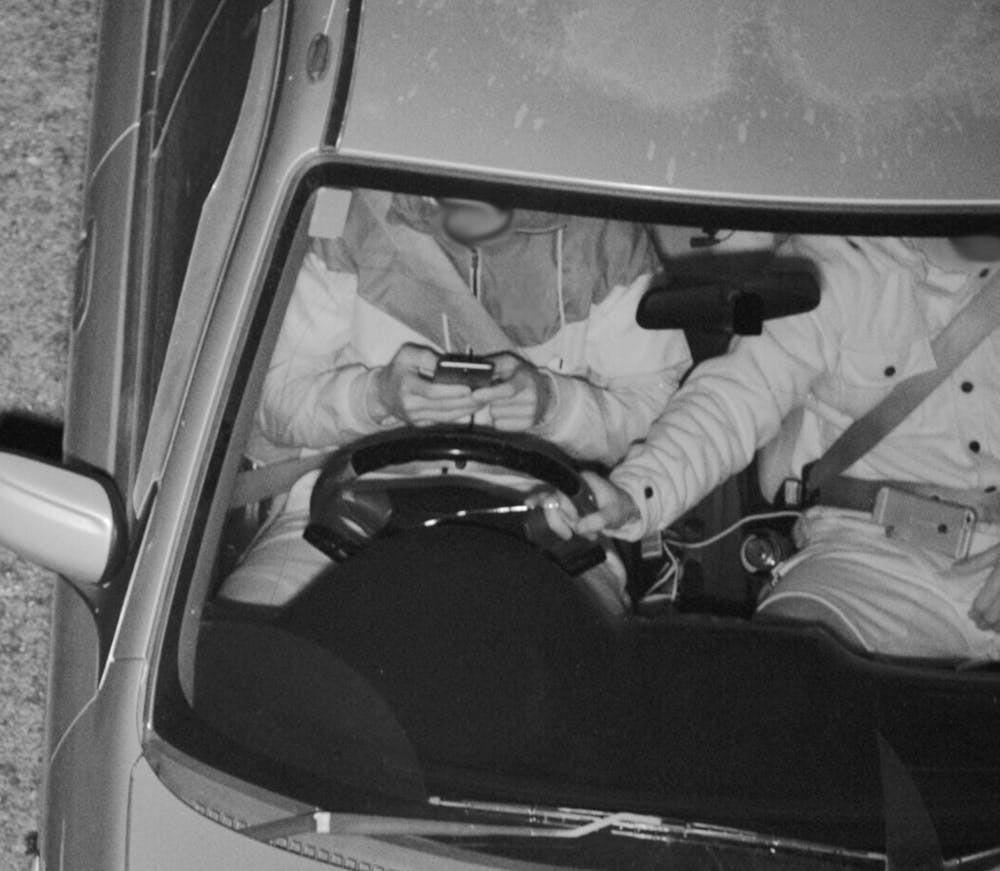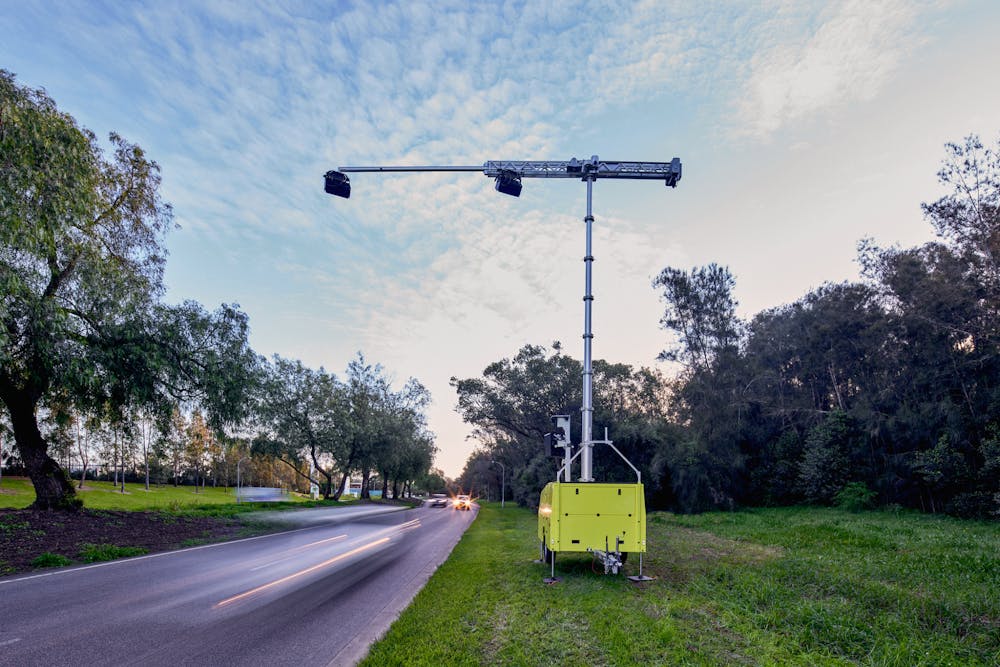In July, North Carolina Highway Patrol announced it would implement an artificial intelligence-based system meant to catch violations of the Hands-Free Law and seatbelt use in commercial truck drivers, according to Acusensus, an Australian road safety technology company that uses AI software to monitor drivers.
Acusensus opened its American headquarters in Las Vegas earlier this year, and North Carolina sports Acusensus’ one of the first uses of their “Heads Up” technology in the United States, according to the company’s website.
According to the North Carolina Department of Transportation, over 10% of the 1,658 traffic casualties in 2020 involved collision with a large truck. Nationally, 31% of individuals that drive for a living admitted to causing a collision while on the job, according to the National Highway Transportation Safety Association.
Elon computer science professor Scott Spurlock said that these innovations in artificial intelligence were previously unheard of.
“This idea that you can have a camera see something and know what's happening was science fiction like 10 years ago,” Spurlock said. “And so we’ve had this deep learning explosion.”

Spurlock said that Acusensus “Heads Up” technology uses a deep learning AI algorithm to understand what’s going on in high-resolution images of truck drivers. Spurlock said this means artificial intelligence is trained on a series of images in an effort to help it label some images as containing good behavior and others as containing bad behavior.
“Deep learning says ‘I’m going to make a neural network’ — which is a type of machine learning model with a whole bunch of layers,” Spurlock said. “These layers learn features from the data of things that it wants to watch out for.”
For instance, Spurlock said a lower layer might be able to distinguish specific patterns from an image such as an edge or corner. Middle layers might be able to recognize that those edges and corners form a rectangle. Higher layers might learn that this rectangle is actually a phone, and still higher layers might recognize that a person is using that phone.
But deep learning is not without its biases, according to Spurlock.
“There’s a ton of manual effort to set up your training data,” Spurlock said. “And the manual effort is in labeling images.”
These labeled images originate with a real human being — a trainer. Every conclusion the AI makes is based on the trainer’s interpretation of the data, according to Spurlock.
Despite the potential for bias, Acusensus’ reports show that “Heads Up'' technology had success in deterring phone use. Acusensus reported that mobile phone use while driving in New South Wales, Australia, has gone down by 85% since 2019, when the technology was first implemented. Its “Heads Up” technology has been used regionally throughout Australia and the UK to monitor both commercial drivers and the average commuter.
But for truck drivers, these measures come across as redundant, according to Clarence Brownley, owner of Cap Red Trucking. Brownley said there is already a camera in his cab that is meant to track phone use.
“They’re already tracking us,” Brownley said. “That’s the time we’re moving into.”
However, Brownley said he doesn’t mind some extra monitoring.
“Anything we do nowadays, someone’s got a camera tracking you anyway,” Brownley said. “I don’t mind it — as long as it doesn’t cause any issues — or unless there’s a misunderstanding.
Campus Safety and police officer Jennifer Collington said she feels the use of Acusensus technology is a little too much. She said her husband is in the trucking business.
“His company monitors him anyway, so it doesn’t make a difference,” Collington said. “It should depend on the company themselves and who they’re driving for.”


